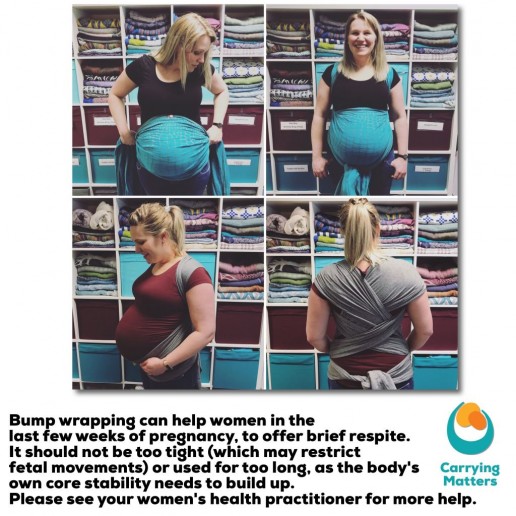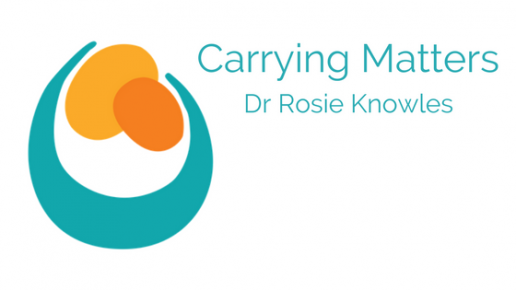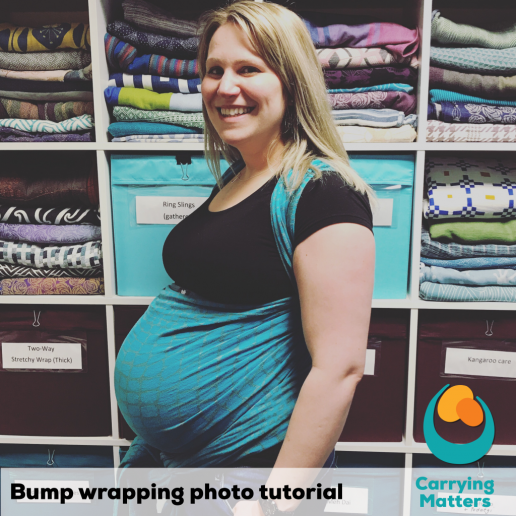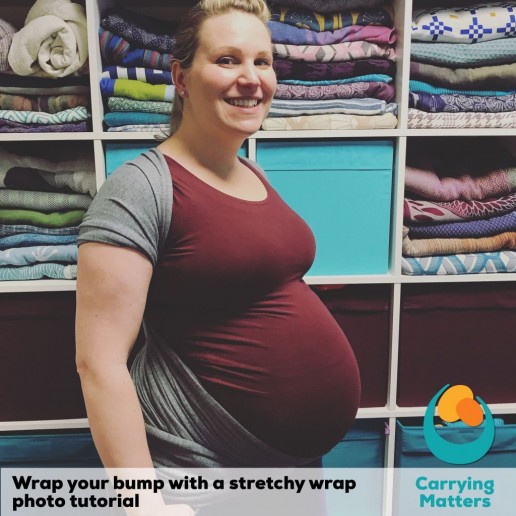Wrapping your bump can be helpful in late pregnancy. It needs to be done well and safely.
Ideally, we would all have good core function and structural stability before we enter the later stages of pregnancy, making the need for external support less necessary. It is always worth working on your body’s strength first and foremost, but bump wrapping can help women in the last few weeks of pregnancy, to offer brief respite.when they are feeling heavy or uncomfortable. It is not a substitute for good core strength and excessive or prolonged use will not be helpful in the long run. It should not be too tight (which may restrict fetal movements) or used for too long, as the body’s own core stability needs to be built up.
This “bump wrapping” technique has been used by many cultures the world over to ease some of the discomforts of very late pregnancy and you may find it helpful, as a brief reliever. Any chronic or recurrent issues should be seen by a health care practitioner, such as a women’s health physiotherapist, or an osteopath or chiropractor with the relevant expertise.

Sara Barker, an osteopath specialising in helping pregnant women, tells us about bump wrapping, and how to do it well and safely.
A few years ago when I came across the idea of belly wrapping in pregnancy and thought, goodness me that would have been lovely when I was pregnant!
So now I really do love working with pregnant women as an osteopath and yoga teacher, and seeing that moment of ‘aahhhh’ when the weight is supported a little, the shoulders are put back in place and women feel so much lighter.
Woven wraps (as in the first tutorial below) can offer a lovely way of providing gentle lifting support around the bump. I’d also suggest using a stretchy wrap (as in the second photo tutorial) for a slightly different result, focusing more on support to the pelvis.
Using the length of the stretchy wrap to support the pelvis, we can help additional areas of discomfort for the pregnant body. The wrap around the pelvis, at pubic bone height, with the tie at the front or back (whichever feels best), will help stabilise the sacroiliac joint and pubic symphysis joints, which are the cause of so much Pelvic Girdle Pain (PGP).
The lower support also takes pressure off the thoracic region and may help with rib, upper back pain and neck pain. Women often find their digestive discomforts and breathlessness are also improved.
There is much debate on the usefulness of belly wrapping in pregnancy with many differing views. I tend to follow the middle path of not too much, too tight or too often.
As Rosie says you need to work on your underlying internal support, and not rely too much on extra support. But where this is not possible and while you work towards strength, the wrap is a great tool to aid recovery.
Use the wraps to support your body in keeping moving and active. This will help gently tone your body and keep you sane!
It is also important to find support from a relevant Women’s Health Practitioner (physiotherapist, osteopath, chiropractor) to address any significant or chronic issues.
Other ideas you can try to support your body in pregnancy include:
- Yoga and pilates.
- Kinesio taping (find a practitioner who can do this).
- Using massage balls on your buttocks, hips and back.
- Using heat to ease tight muscles.
- Getting support pillows to assist a good nights sleep.
- Moving and lifting in a safe way to ease pain and prevent injury (find someone who can show you).
- Practicing mindfulness and relaxation.
- Good supportive footwear, with arch support if your feet have flattened in pregnancy.
- Avoiding constipation.
- And finally – NO vacuuming!!! On osteopath’s orders!
The Pelvic Partnership is a great resource for anyone suffering with PGP, and has lots of advice for pregnancy, labour and the post-partum period.
http://www.pelvicpartnership.org.uk
Slings can be a wonderfully supportive way to help in your third trimester and during early labour. As you would be getting one anyway to carry your baby in the all important 4th Trimester, why not use it to support your belly and body for a relaxed pregnancy and supported labour.”
Many thanks to Sara Barker, who works at Hands On Family Health, Oxford. She is an Osteopath (Obstetrics and Paediatrics), a Birthlight Yoga teacher, APPI Pilates instructor and Acupuncturist.



